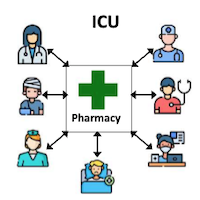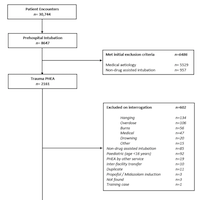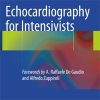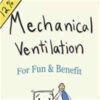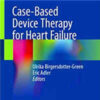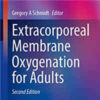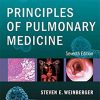Spontaneous Breathing during Mechanical Ventilation. Risks, Mechanisms, and Management
atsjournals.org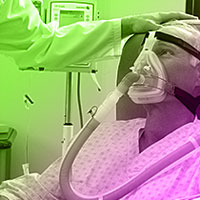
Spontaneous respiratory effort during mechanical ventilation has long been recognized to improve oxygenation, and because oxygenation is a key management target, such effort may seem beneficial. Also, disuse and loss of peripheral muscle and diaphragm function is increasingly recognized, and thus spontaneous breathing may confer additional advantage. Reflecting this, epidemiologic data suggest that the use of partial (vs. full) support modes of ventilation is increasing. Notwithstanding the central place of spontaneous breathing in mechanical ventilation, accumulating evidence indicates that it may cause – or worsen – acute lung injury, especially if acute respiratory distress syndrome is severe and spontaneous effort is vigorous. This Perspective reviews the evidence for this phenomenon, explores mechanisms of injury, and provides suggestions for clinical management and future research.



